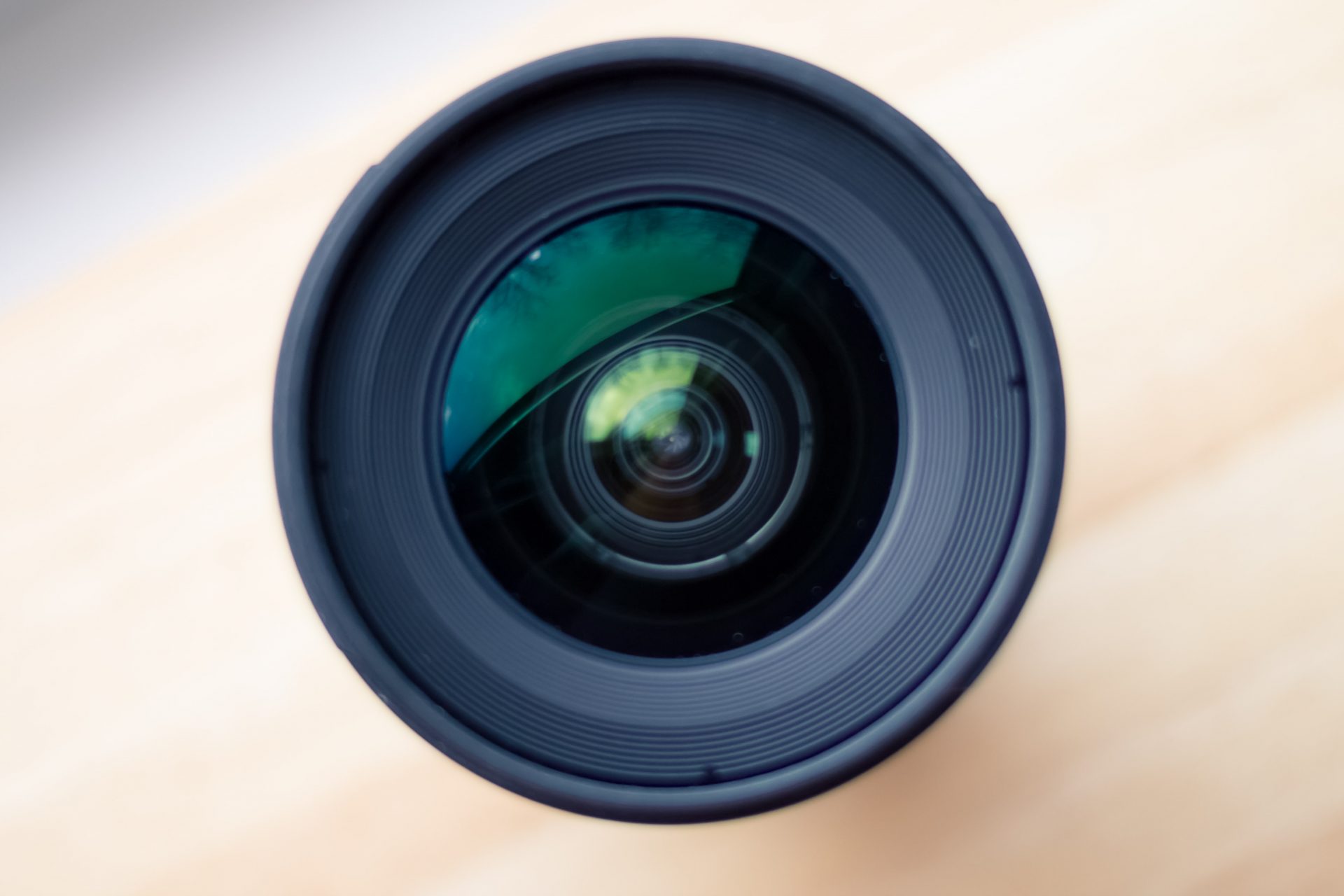Active tracking using bioinspired event-based vision – Towards improving interpretability of individual and collective behavior
Using a combination of video cameras and event-based cameras to extract meaningful motion information on complex animal behavior

Complex behavior of animals is often analyzed from video recordings because cameras provide an economical and non-invasive way to acquire abundant data. Hence, developing computer vision tools to extract relevant information from such a rich yet raw data source is essential to support behavioral analysis. We propose to develop computer vision algorithms using a combination of video (i.e., frame-based) cameras and event-based cameras in order to extract meaningful motion information in individuals (in isolation or as part of groups). Both sensor types are complementary: event-based cameras excel at capturing high-frequency temporal content, while traditional cameras are better at acquiring slowly-varying content.
Event-based cameras are novel, biologically-inspired sensors that mimic the transient pathway of the human visual system. These cameras respond to motion in the form of brightness changes (called “events”) at any pixel in time. They can capture the dynamics of a scene with high dynamic range and temporal resolution, without suffering from motion blur, as opposed to traditional cameras. Additionally, these cameras allow us to record only motion information, which we will exploit for long-term tracking and better segmentation of behaviors.
We consider an active vision approach, where the viewpoint of the camera can vary to improve the tracking performance. This system will enable robust detection of individuals regardless of their 3D location and avoid target disappearance during long-term tracking. In an analysis phase, motion tracks will help categorize relevant behavior of the interactions of individuals.
Project Results
– Event camera technology can reveal information in situations where traditional video cameras struggle. At SCIoI event cameras have been used to quantify animal behavior in uncontrolled conditions (outdoors) and low light, with low power and data consumption, advantages that allow long-term recordings compared to traditional ways of monitoring animal behavior.
– Adaptation of data processing algorithms to the characteristics of event cameras makes the best use of the advantages of these novel sensors. Much technology is still to be developed in this field.
– We develop a general-purpose point tracker and also particular detectors (temporal action detection, behavior detector) that can support the efforts of SCIoI across multiple projects, lifting the “computer vision bottleneck” often encountered in the first stages of behavior quantification.




